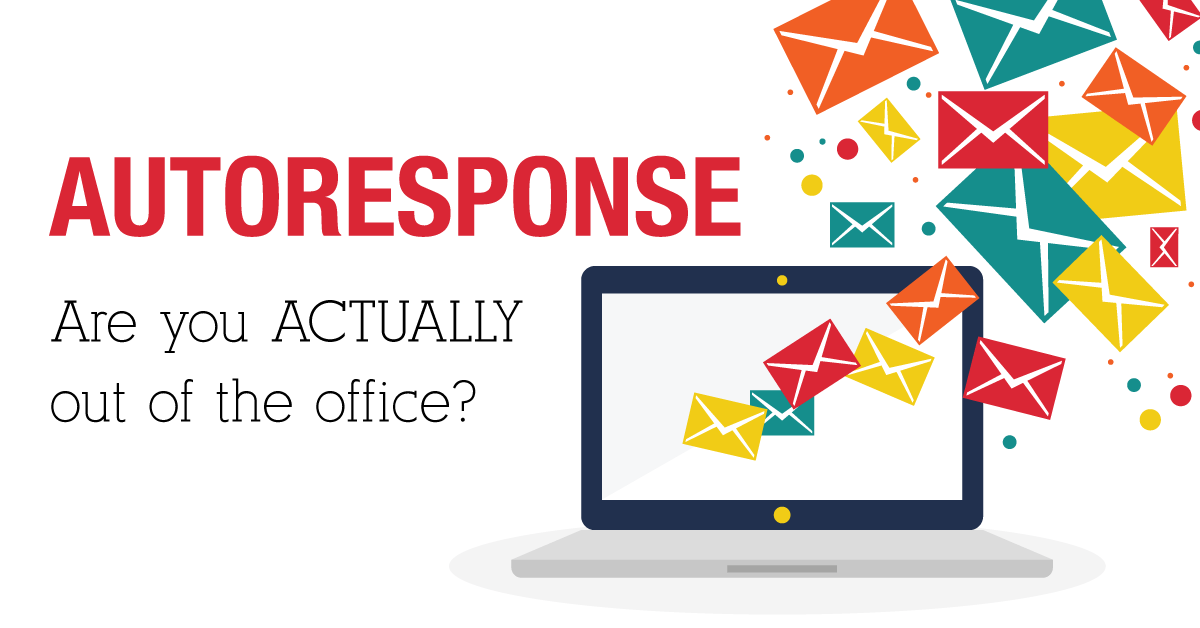Even with all of the new messaging apps and tools available, email remains the communication method of choice for most of us in the business world. According to the Radicati Group, in 2015, the number of emails sent and received per day totaled over 205 billion and is expected to reach over 246 billion by the end of 2019.
Email brings ease and convenience to collaborating with team members and clients, but it can also be a source of inefficiency and unnecessary stress. Remembering some basic do’s and don’ts of good email communication can save you and your team time and ensure that your email account is more of a productivity tool and less of a time suck.
DO – Keep it Concise
Before you hit send, make sure that the person you’re writing to knows what your objective is and what to do next. Use bullet points, include deadlines and get to the point.
DO – Think Through Your Subject Line
Craft a subject line that indicates what the email is about. Using keywords will help both you and the recipient track the conversation and find the email later. If you’re asking someone to do something, consider using the verb (review, call, update, etc.) in the subject line. It’s also a good idea to standardize subject lines for recurring emails such as monthly updates or weekly reports.
DON’T – Add Huge Attachments
Before you add a million attachments to your message, consider whether you really need them. Can they be combined, added to the message itself, or downsized? If you have more than a couple of photos to send, consider adding them to a zip file or posting them to a photo sharing website. If you plan on sending an attachment, it’s a good idea to attach the file before you start writing your message to avoid forgetting the attachment.
DON’T – Overuse Your Out of Office Message
Use of the “out of office” message should be rare in the mobile work world. “Out of office” is reserved for those times when you will be inaccessible for an extended period and not monitoring your email at all. If you are screening emails from your mobile device and can re-direct them, or have a team member who can check your email, there is no need for an automatic response and using one creates more email clutter than it’s worth.
Everyone has personal preferences when it comes to how they like to manage emails, but with the volume of messages we’re all contending with, it’s important to step back and think about how we can make things more efficient. Taking a little time to reflect on and refresh your email etiquette will save everyone’s time and sanity.


